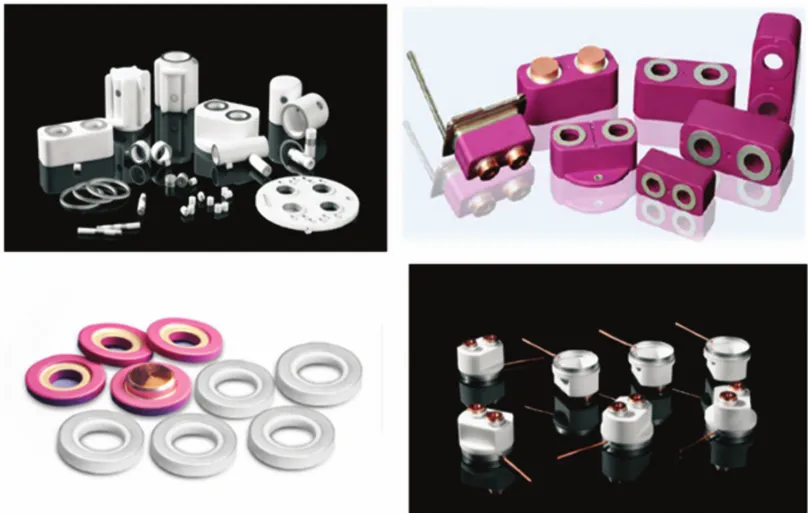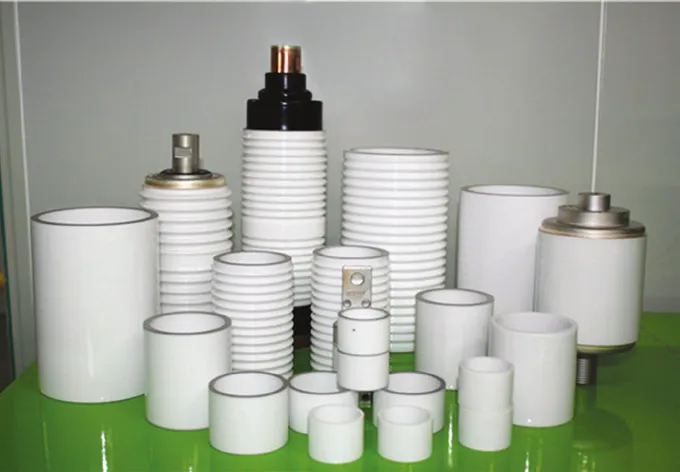Powders are crucial for advanced ceramics. This is evident in how people define advanced ceramics.

The general definition of advanced ceramics is: they use high-purity, ultra-fine, man-made or selected inorganic compounds as their raw materials. They have precise chemical compositions, manufacturing, and processing methods. They also have a precise structural design. They have excellent mechanical, acoustic, optical, and thermal properties. Ceramics have electrical, biological, and other properties. They are either oxides or non-oxides. They are made from metals (like Al, Zr, and Ca) and non-metals (like O, C, Si, and B). They consist of ionic bonds and covalent bonds. Coordinated bonded ceramic materials.
Chemicals have two crucial components. They are high in purity and have a precise ratio.
Regarding purity. The presence of impurities can sometimes seriously affect the performance of products. For instance, impurities such as silicon, calcium, iron, sodium, and potassium often exist in high-purity alumina. Iron impurities will make the sintered material black. Sodium and potassium impurities will hurt its electrical properties. They will make them worse. The last two impurities will cause the material’s grains to grow abnormally during sintering. In terms of transparent ceramics, the impact of impurities is even greater. The impurities in ceramic powder cause the “blindness” of transparent ceramics. This is because impurities are the second phase. They differ greatly from the optical properties of the ceramic body. They often cause scattering and absorption that greatly reduce the light that ceramics let through. Oxygen impurities can reduce the thermal conductivity of nitride ceramics. Examples include silicon nitride and aluminum nitride.
In terms of ratio. In ceramic production formulas, there is usually no need for an “ultra-pure” single component. But, some extra materials, like sintering aids, are often added. In this case, accurate proportioning is a basic need. Different chemical compositions and contents will decisively impact product performance.
Phase composition
The powder must match the product’s phase. It must not change during sintering. Sometimes, a phase change can help ceramics densify. But in most cases, it hinders sintering.
Particle size and morphology
Generally, the finer the particles, the better. According to the scattering theory, the density speed decreases as the powder size decreases. The smaller the particles, the more likely they are to sinter. For example, ultrafine aluminum nitride powder has a high specific surface area. This will increase the sintering driving force and speed up the process.

Ceramic powder has better fluidity when it has a regular shape. This will help molding and sinter. The process creates spherical powder from a powder by using a binder. This shows that round ceramic powder boosts the density of ceramics. It helps when making and sintering them.
Uniformity
The evenness of the powder is easily to overlook. But this is more important than the previous aspects. In other words, the previous aspects’ performance is key. We need to see its uniformity.
The same goes for particle size. Fine particle size is important. But, if the average size is only fine and the spread is uneven or very wide. This will greatly harm the processing of ceramics. Coarser particles are unlikely to be dense in areas. This is because particles of different sizes sinter at different rates. At the same time, coarse particles may also become the nucleus for abnormal grain growth. Finally, the ceramic must be densified at a higher temperature. It also has an uneven microstructure. This has a significant impact on its performance.
